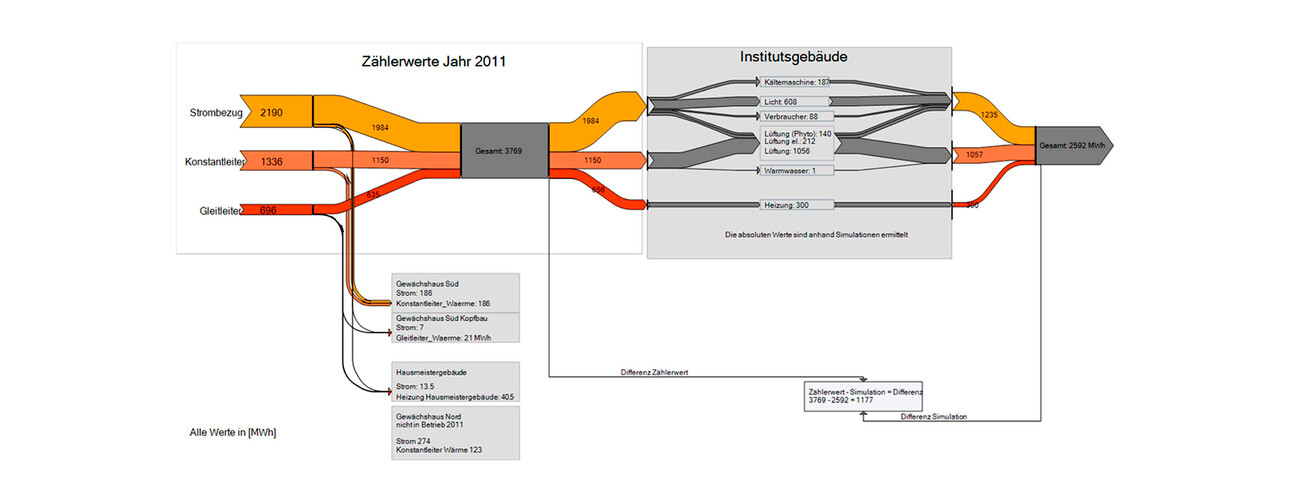Institut de Physiologie Végétale Concept Efficacité Énergétique et Protection Des Monuments, Berlin, Allemagne

Nearly 50 years after its first-time occupancy, this landmark protected building is technically and organizationally no longer up to date. High indoor temperatures in summer, cold rooms in winter, a rigid partition of space and partly insufficient room lighting affect the functionality and quality of use. Energy consumption values with more than 1000 kWh/m2 for primary energy are extremely high.
An analysis of the current status was carried out including the following aspects: construction, preservation, technical and building physics. In consideration of architectural, preservation, and energetic aspects, selected modules which have been chosen from the analysis of variants were carefully combined to an overall preferred concept. The façade was renovated as close to the original as possible, which was the optimal solution to meet the requirements of monument protection, the energy policy and the changing standards of working environments without affecting the exterior of the building.
A complete gutting of the laboratory and technical floors allows for a meaningful rearrangement according to the different programs (laboratory, office). The installation of efficient ventilation and air conditioning equipment leads to noticeably positive results to reduce the energy consumption by at least 50%:
- Thermal improvement of the façade
- Spatial rearrangement with more daylight for permanent working places
- Laboratories with modular sizes that can be conditioned as required
- Conversion of technical spaces into laboratories for a better spatial efficiency
- Chilled ceiling instead of air cooling
- Double pipe instead of single pipe heating
- Mechanical ventilation with heat recovery
- Photovoltaics optional






